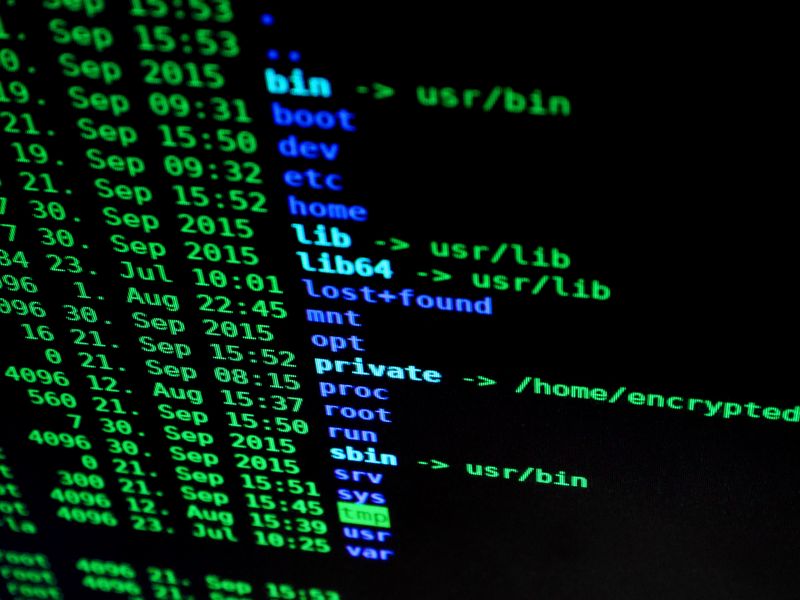Researchers Discover Method to Manipulate iPhone Airplane Mode
Researchers from Jamf Threat Labs have uncovered a method to manipulate the iPhone user interface and simulate airplane mode while maintaining internet connectivity. In a report published this week, the researchers detailed the code controlling the elements of iOS 16’s airplane mode experience and how they can be manipulated to deceive users. By exploiting this vulnerability, attackers could enable 24/7 persistence on a target device without the user being aware of it.
Ingenious Social Engineering Attack
The exploit described by Jamf Threat Labs is akin to a new form of social engineering attack. Users trust the airplane mode button to disconnect their device from the internet, providing a sense of security and privacy. However, this manipulative technique prevents the expected disconnection while tricking users into believing that their iPhone is in airplane mode. The implications of such an attack are concerning, as it enables attackers to conduct surveillance and carry out various actions without arousing suspicion.
The Technical Details Behind the Exploit
The researchers identified two key components responsible for airplane mode: “SpringBoard” and “CommCenter.” SpringBoard manipulates the user interface, while CommCenter controls the underlying network interface. By intercepting and modifying the code executed by CommCenter, the researchers were able to disable the actual network interfaces without affecting the UI changes. This decoupling of SpringBoard and CommCenter effectively neutralizes the airplane mode button.
Additionally, the researchers discovered a critical database file, located at http://private/var/wireless/Library/Databases/CellularUsage.db, managed by CommCenter. By modifying a single parameter within this file, they successfully blocked connectivity to the Safari app while leaving the rest of the device unaffected.
Post-Exploitation Threats and Defense Strategies
It’s worth noting that performing these manipulations requires total control over the target device. Therefore, these techniques are primarily applicable to post-exploitation scenarios. Michael Covington, Vice President of Portfolio Strategy at Jamf, emphasizes the need for defenders to understand the potential future compromises and improve their detection capabilities.
Defensive efforts should focus on collecting all artifacts left behind during an attack sequence. This comprehensive insight will strengthen detection mechanisms and potentially lead to the development of intelligent detection tools. Covington suggests adding UI hacks like these to the existing repertoire of defense techniques, creating an expanding list of indicators that a device may have been compromised.
Editorial: Navigating the Fragile Digital Landscape
This discovery by Jamf Threat Labs serves as another reminder of the complex and ever-evolving nature of the digital landscape. While these manipulations may be limited to post-exploitation scenarios, they highlight the vulnerabilities that exist within even the most secure devices.
The underlying issue here lies in the trust users place in their devices and the operating systems that power them. Airplane mode is both a practical feature and a symbol of control over our digital lives. Discoveries like this erode that trust and remind us that we must remain vigilant.
Privacy vs. Convenience: A Philosophical Discussion
This incident also raises philosophical questions about the delicate balance between privacy and convenience. Users expect their devices to prioritize privacy by implementing features like airplane mode. However, with increasing connectivity becoming an integral part of modern life, maintaining convenience often takes precedence. As a result, vulnerabilities may emerge, undermining the very features designed to protect our privacy.
As technology advances, it is essential for users, device manufacturers, and regulators alike to reevaluate the trade-offs we make between convenience and privacy. Developers must continuously improve their security practices, identify and address vulnerabilities, and communicate transparently with users to maintain trust. Users, on the other hand, should educate themselves about potential threats and take steps to safeguard their digital lives.
Protecting Yourself in a Digitally Deceptive World
While this specific iPhone exploit requires post-exploitation access to a device, it serves as a reminder that we must remain vigilant in protecting our digital lives. To mitigate risks and maintain control over your devices, consider the following advice:
Regularly Update Your Software
Ensure your devices and applications are up to date with the latest security patches. Frequently updating your software protects against known vulnerabilities and strengthens your overall security.
Be Cautious of Suspicious Activity
Pay attention to any unusual behavior or inconsistencies in your device’s performance. For example, unexpected battery drain or unexplained data usage could be indicators of a compromised device.
Exercise Good Cyber Hygiene
Practice good cybersecurity habits, such as using strong, unique passwords for all your accounts, enabling multi-factor authentication whenever possible, and being cautious when clicking on links or downloading files from unknown sources.
Stay Informed and Educated
Keep yourself informed about the latest cybersecurity threats and best practices. Regularly engage with reputable sources and experts to stay updated on emerging trends and potential vulnerabilities.
In conclusion, while the recent iPhone exploit may not pose an immediate threat to the average user, it serves as a valuable reminder of the ever-present challenges we face in an increasingly interconnected world. By remaining vigilant and adopting security best practices, we can navigate this fragile digital landscape with caution and confidence.

<< photo by Patrycja Jadach >>
The image is for illustrative purposes only and does not depict the actual situation.
You might want to read !
- The Rise of Cybersecurity Threats: Analyzing LinkedIn’s Recent Account Hacks
- The Rise of Hackers as Government Allies
- The Rise of ‘Play’ Ransomware: Global Threat Targets MSPs in New Campaign
- Windows Security at Risk: Unveiling a Sneaky Privilege Escalation Method
- In Memoriam: Honoring the Visionaries of the Crypto Revolution
- Beware of Scams: FBI Alerts Public About Mobile Beta-Tester Luring Schemes
- Exploring the Fragilities of PowerShell Gallery: Unveiling the Risks of Supply Chain Attacks
- Apple iOS 16: Unveiling the Stealthy Cellular Access Exploit Disguised as Airplane Mode
- “The Apple iOS 16 Vulnerability: Exposing Flawed Airplane Mode Security”
- Examining China’s Bronze Starlight Group: A Closer Look at their Cobalt Strike Beacons in the Gambling Sector




